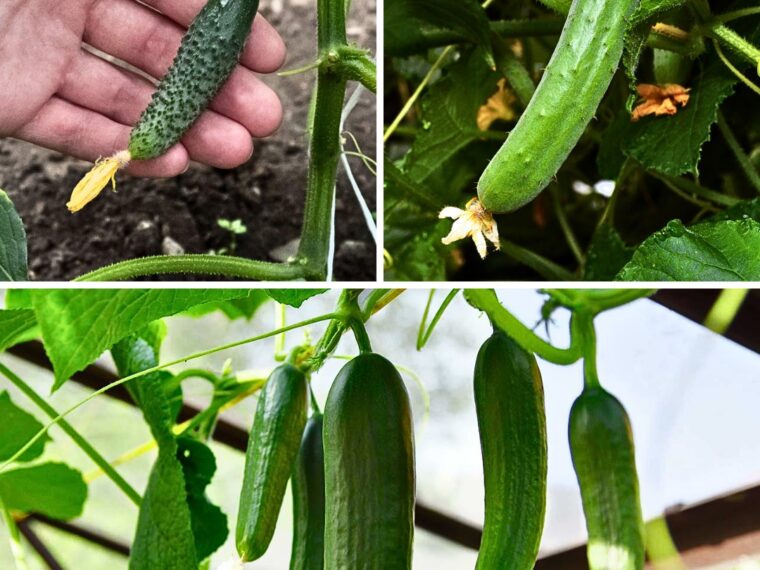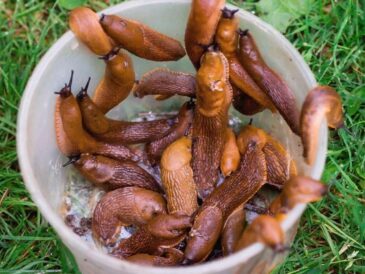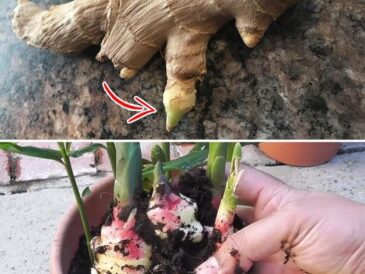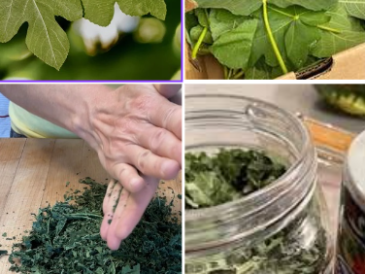4. Improper Watering
Cucumbers need consistent moisture to produce healthy fruits, but improper watering can lead to problems.
What to avoid:
- Overwatering, which can cause root rot and promote the growth of fungal diseases.
- Underwatering, which can lead to bitter-tasting cucumbers and reduced yields.
Best practice:
- Water cucumbers deeply once or twice a week, depending on the weather, ensuring that the soil remains evenly moist but not waterlogged.
- Water at the base of the plants to keep the foliage dry and reduce the risk of fungal diseases. Mulching around the plants can help retain moisture and keep the soil temperature stable.
5. Neglecting Fertilization
Cucumbers are heavy feeders and require a steady supply of nutrients throughout the growing season.
What to avoid:
- Failing to fertilize or using the wrong type of fertilizer.
- Over-fertilizing, especially with nitrogen, which can lead to excessive leaf growth at the expense of fruit production.
Best practice:
- Before planting, mix a balanced fertilizer into the soil, or add compost or aged manure.
- Once the plants start to flower, switch to a fertilizer higher in potassium and phosphorus to encourage fruit development.
- Apply fertilizer according to the manufacturer’s instructions, and avoid over-fertilizing to prevent nutrient imbalances.
6. Ignoring Pest and Disease Control
Cucumbers are susceptible to a variety of pests and diseases, which can quickly ruin a crop if not managed properly.
What to avoid:
- Ignoring signs of pests like cucumber beetles, aphids, or spider mites.
- Not addressing diseases like powdery mildew, downy mildew, or bacterial wilt.
Best practice:
- Inspect your plants regularly for signs of pests and diseases. Early detection is key to effective management.
- Use organic pest control methods, such as neem oil or insecticidal soap, to manage pest populations.
- To prevent diseases, practice crop rotation, avoid overhead watering, and remove infected plant material promptly.
7. Harvesting Too Early or Too Late
TO CONTINUE READING PLEASE SEE NEXT PAGE




